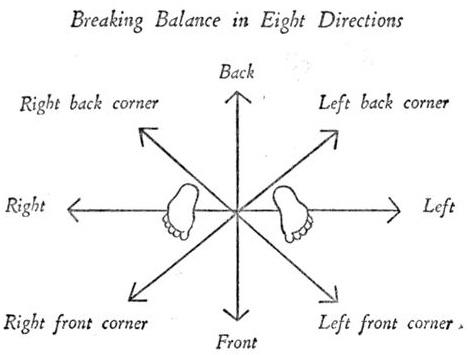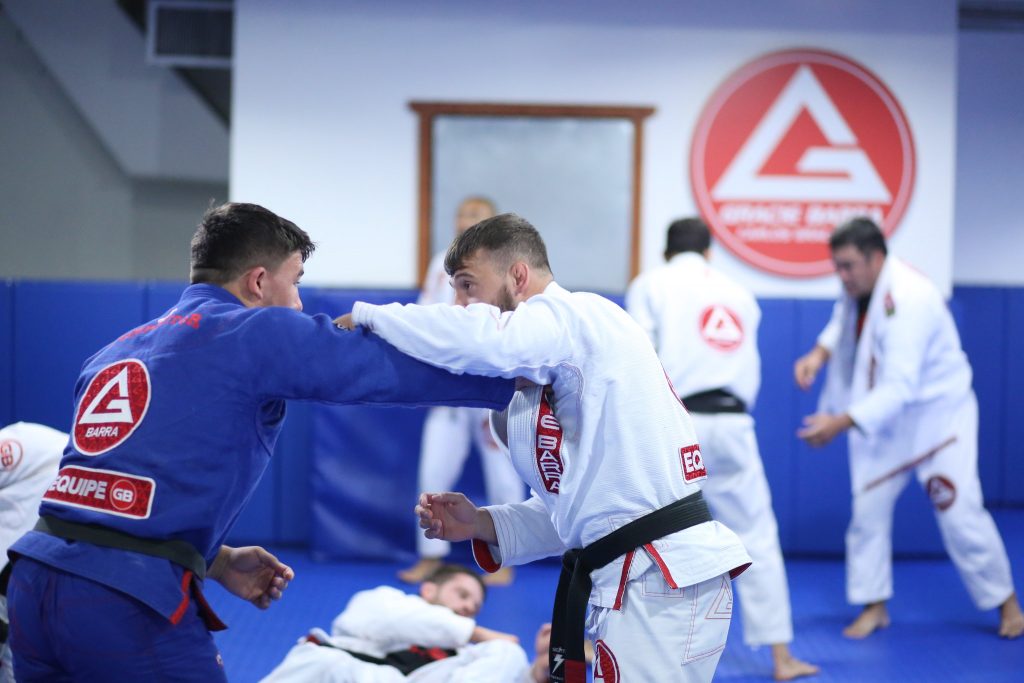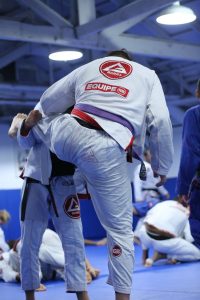GB Technique : Got Takedowns?
Want to Up Your Takedown Game? Check out: GB2 Online Takedowns – by Henrique Machado
ㅤ
Here are some important concepts for those Jiu-Jitsu students looking to up their takedown game.
ㅤ
1) Kuzushi is the most important concept for Jiu-Jitsu students to understand when it comes to takedowns.
ㅤ
Kuzushi (崩し:くずし) is a Japanese term for unbalancing an opponent in the Japanese martial arts. In Judo, it is considered an essential principle and the first of three stages to a successful throwing technique: kuzushi, tsukuri (fitting or entering) and kake (execution).
ㅤ
The idea of unbalancing an opponent is not a new one to Jiu-Jitsu students who are strong at sweeps from their guard, many of the principles are identical between sweeps on the ground and standup takedowns.
ㅤ
The 8 directions of kuzushi

Source: reddit
ㅤ
There are 8 directions of kuzushi, and you must identify which direction of kuzushi is required for the specific throw that you want to use. Your instructor can look at the takedown that you want to use and show you the direction to go and also show you how to unbalance the opponent in that direction.
ㅤ
Your opponent has free movement on the feet and it is easier for them to avoid being controlled as it is on the ground. Very difficult to throw an opponent who has a strong defensive posture.
However, once the opponent’s balance is broken, it requires relatively little energy to execute the takedown.
ㅤ
2) Grips
In international Judo, gripping is one of the very most important parts of the game. Whoever gets the grips that they want, controls the match. and has the best chance to throw the opponent. It is indeed very difficult to takedown an opponent if you can not secure grips to control their body.

ㅤ
Offensive gripping is a HUGE part of advanced Jiu-Jitsu strategy. We can observe this in the extensive grip fighting that we see in guard passing when each Jiu-Jitsu fighter is attempting to get their preferred grips and breaking their opponent’s grips.
ㅤ
The good news for Jiu-Jitsu students who are not so knowledgeable when it comes to standup gripping tactics, is that many other Jiu-Jitsu students are also not comfortable with gripping on the feet. A few gripping fundamentals will allow you to control your opponent while they have to effective grips to use against you. An easy way to dominate in an area of the match.
ㅤ
No-Gi, the human body has its own “handles” – like wrestling’s underhooks, collar ties, double wrist grips and so on. A little study of gripping techniques will give you an advantage against your opponents.
ㅤ
3) Techniques for Jiu-Jitsu Rules
Not all of the takedowns that we see wrestlers and Judo competitors specialize in are the best options when it comes to Jiu-Jitsu rules.
ㅤ
For example, the way some wrestlers perform a head outside single or double leg takedown exposes their necks to the deadly Guillotine choke. Popular throws like morote seoinage or haraigoshi can be used in bjj rules, but also have a big risk of exposing the back to the opponent should the throw fail. I’ve witnessed many failed throws where the back is shown to the opponent be the deciding factor in a competition.
ㅤ
Also important to know that Judo has many rules about illegal grips (the purpose of which is to discourage defensive stalling in competitions). As a jiu-jitsu fighter the full arsenal of possible grips are available to you. Ask your instructor which grips you might try that are outside of those commonly employed under sports judo rules.
ㅤ
Note that there are illegal takedowns in Jiu-Jitsu rules (ex. head outside single for white belts or the “kani basami” or leg scissors takedown which is risky to the opponent’s knee) that are in place to minimize risk of serious injuries.

ㅤ
See also on Gracie Barra : GB Technique : Attacking the Turtle
ㅤ
Credits: Mark Mullen
Gracie Barra Black belt based in Asia
